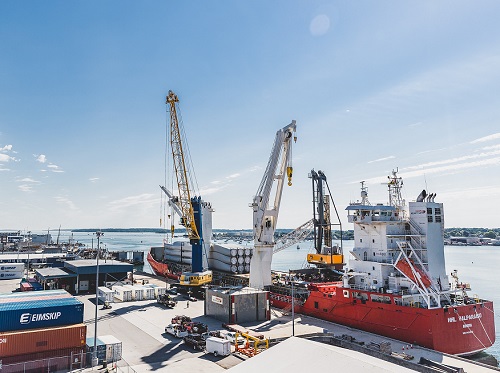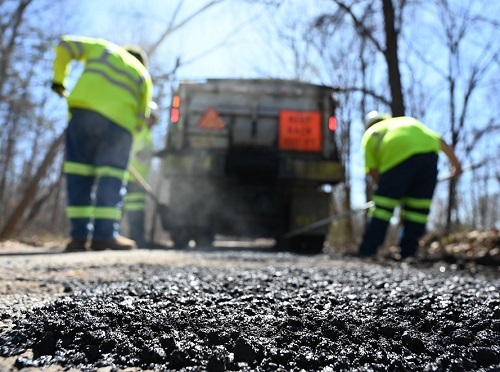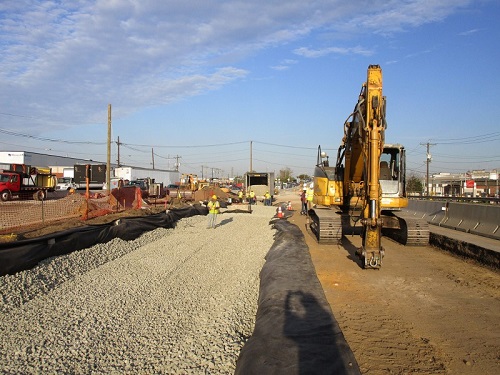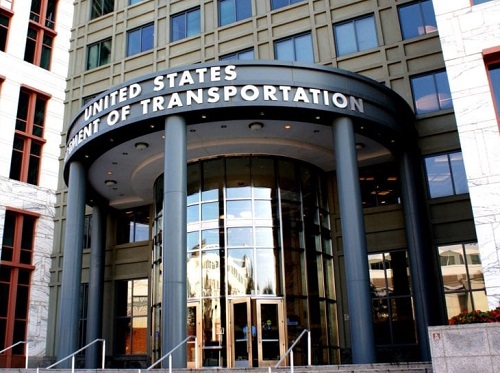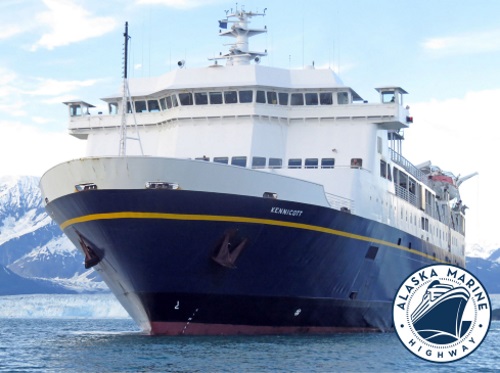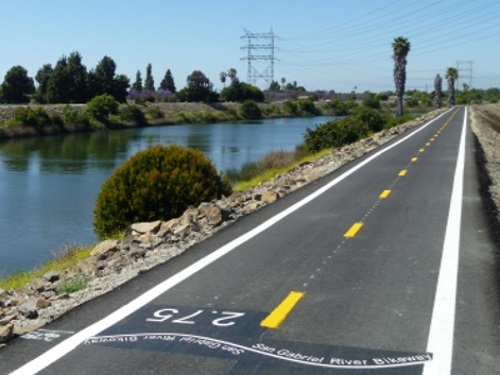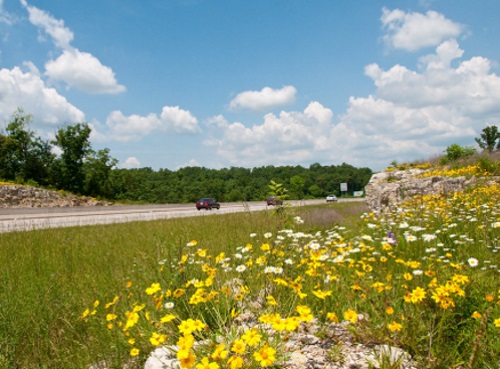The Maine Department of Transportation has applied for a $456 million federal grant to help construct what the agency bills as the East Coast’s first floating offshore wind port on a portion of state-owned Sears Island.
[Above image by Maine DOT]
Sears Island is a 941-acre island off the coast of Searsport. In 2009, an agreement divided Sears Island into two parcels, with 601 acres, or two thirds of the island, placed in a permanent conservation easement held by the Maine Coast Heritage Trust, with the remaining one third, or approximately 330 acres, reserved by Maine DOT for future development.
The state concluded that the Sears Island parcel is the most feasible port development site in terms of location, logistics, cost, and environmental impact based on input from port and offshore wind stakeholders, including the University of Maine, and on technical and engineering analyses.
The Maine DOT added in a statement that no other ports are currently being considered on the East Coast that can accommodate all aspects of floating offshore wind construction and deployment that are also closely located to the “wind energy areas” in the Gulf of Maine.
The agency noted that the selection of this port site reflects a priority of the Maine Offshore Wind Roadmap, a stakeholder-driven comprehensive plan that offers detailed strategies for Maine to realize economic, energy, and climate benefits from offshore wind, in conjunction with communities, fisheries, and wildlife of the Gulf of Maine.
The Maine DOT pointed out that the Sears Island site has “beneficial physical and logistical characteristics” for building a port facility at the scale required to support floating offshore wind port operations – especially since it is not expected to require dredging, a key environmental and financial consideration for this particular project.
The agency said it intends to apply for independent state and federal permits, including assessments of environmental impacts and alternative sites, later this year for this offshore wind project; including additional opportunities for stakeholder and public input on the project.
A decision on this grant application is expected later this year. If funding is awarded, Maine DOT said the lead federal agency on the project will initiate an environmental review in accordance with the National Environmental Policy Act. This federal process will inform and run parallel with permitting processes of the Maine Department of Environmental Protection and the U.S. Corps of Engineers.

